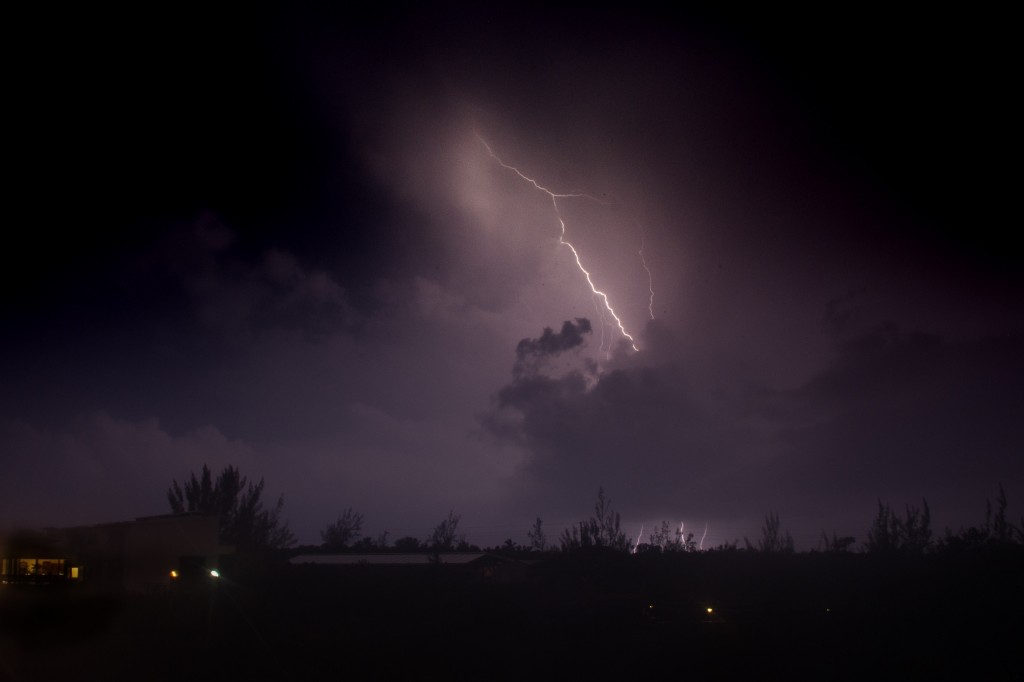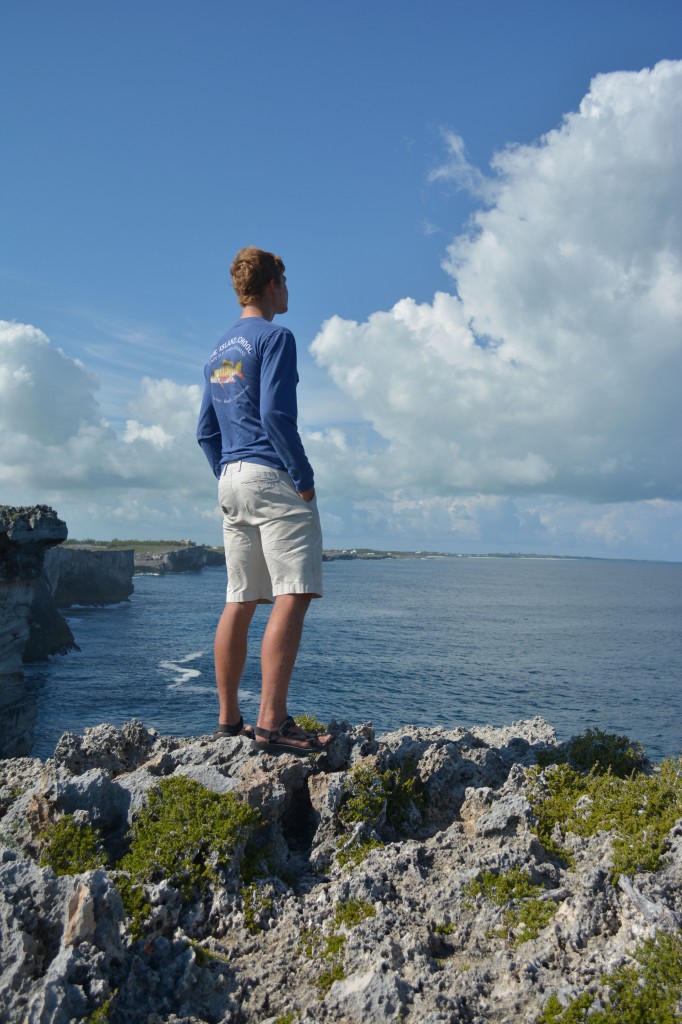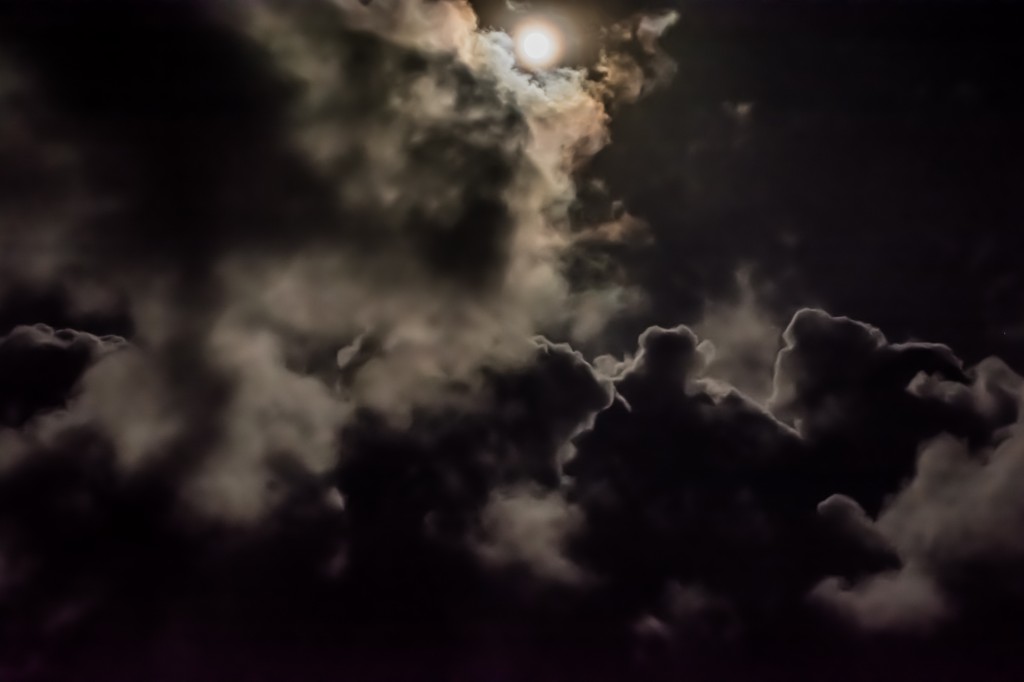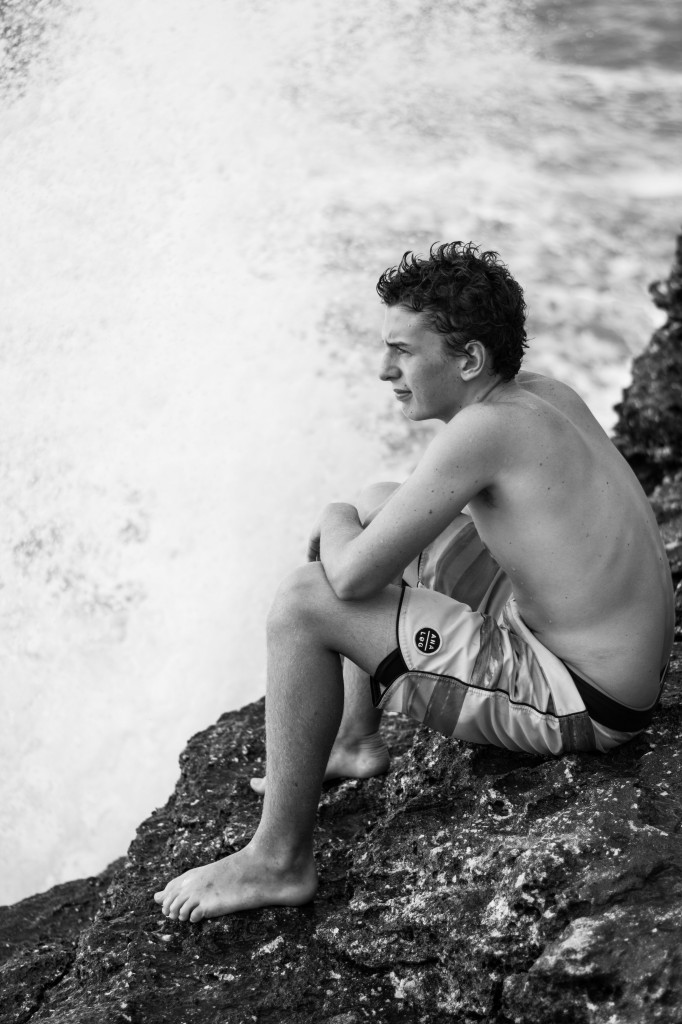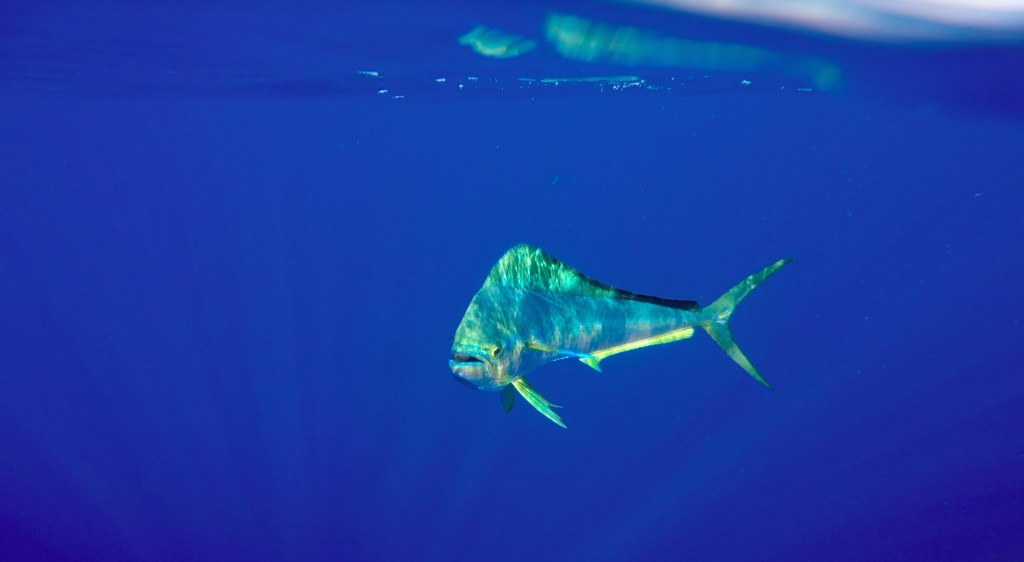Quick! On the count of three, name every shark you can think of. Okay… one, two, three, go!
If you had the shark knowledge that I had three months ago, you would probably be able to name great white sharks, hammerhead sharks, and maybe bull or tiger sharks. Or maybe you could also name nurse sharks and whale sharks.
But things have changed. I’m now a part of CEI’s shark team in the Deep-Sea Shark research group. We’re looking at Cuban dogfish and their vertical migration patterns. Cuban Dogfish are roughly 2.5-foot-long sharks that spend the night in really deep water and the daytime in even deeper water. What’s really cool is that this is the first study assessing vertical habitat use in Cuban dogfish.

It’s clear that the research we, the students, are doing is actually helping. On one of the first days of research, we were shown a cage design used in releasing wild fish. We were told that we had to design a similar cage in order to protect our sharks from being eaten when we lower them down to release them. So we spent the first few classes brainstorming ideas and then actually went out to cut the wiring and secure everything together. And when we finally finished, we stood there, looking at our cage (affectionately nicknamed “The Loch Ness”) and realized that we had just made something with our own bare hands that would help a real-life research program.
Three weeks into research class we caught our first shark. After spending a week or so building our cage, we were pumped to go out and actually see a shark. But it wasn’t until our third trip out that we were lucky enough to see one, and I think the wait made it even better. When we saw it being hauled up on the line, we were all super excited. Once it was brought onto the boat, it was a rush to take all of its measurements and tag it in the least amount of time possible. Then we put it back in the water, in our little cage that we had brought out, and carefully lowered the shark back down.
After that day, we had two or three other successful hauls. Once, we even caught 7 sharks on one line!
Then, a few weeks ago, we started getting the data from the tags back. Since then, we’ve been analyzing it and trying to find patterns. We’ve found that Cuban dogfish have a large range of depths, from 230m (about 750 feet) to more than 1000m (about 3,200 feet) – that’s more than half a mile underwater!
If you asked me now to name types of sharks, I could go on for a while. Cuban dogfish, lemon sharks, bluntnose sixgills, bigeye sixgills, gulper sharks, nurse sharks, bull sharks, Caribbean reef sharks, and blacktip sharks, just to name a few that live around Eleuthera. And now that we’ve attached a camera to our cage we can see what happens to our sharks when we release them. It’s so cool to take a step back and think about what we’re doing here: ground-breaking research, discovering new things almost every day. It’s sappy to say, but this is such a ‘once-in-a-lifetime’ experience, and I’m so glad that I get to be here for it.







